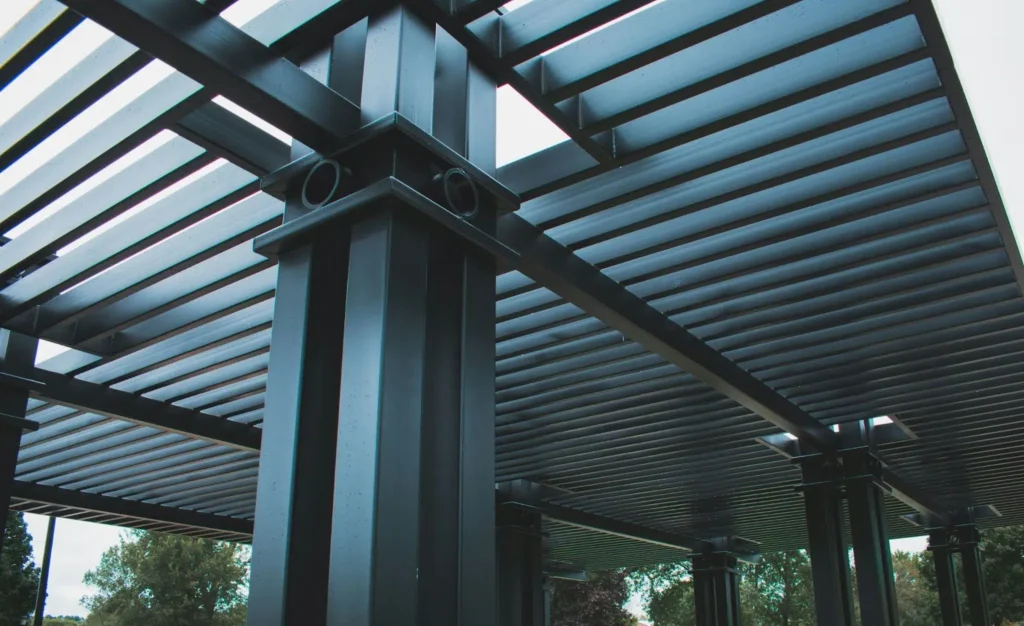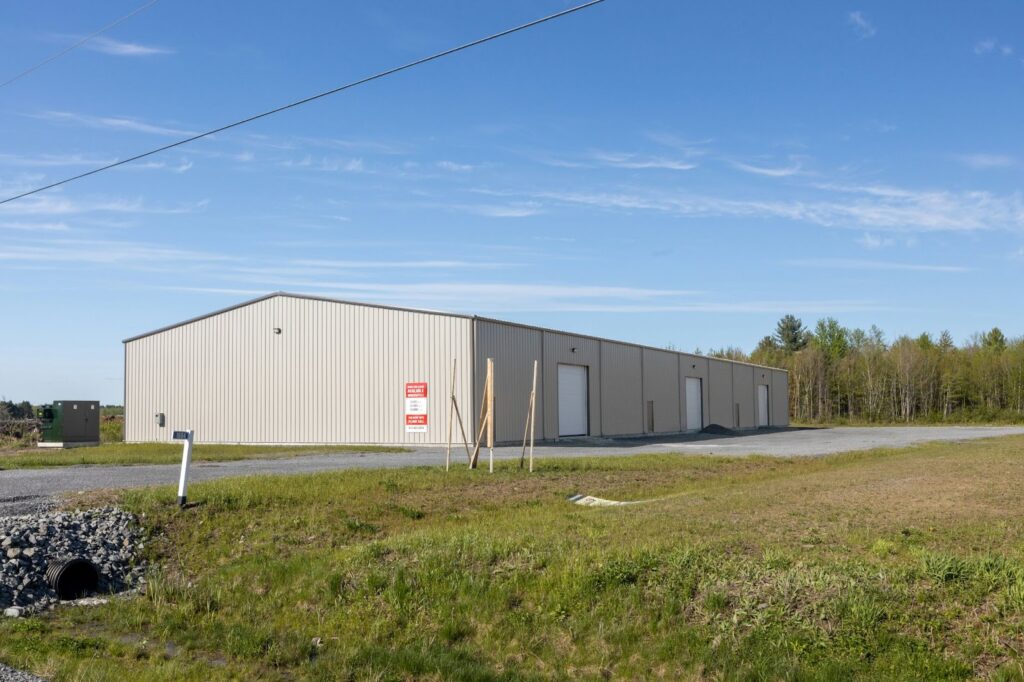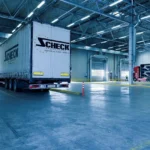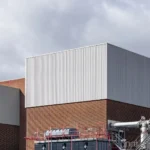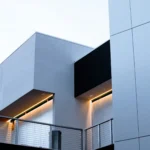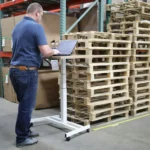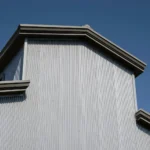Understanding the Basics of Steel Building Pricing
Before detailing the specific costs, it is essential to have a solid understanding of the factors that influence the pricing of steel buildings. By doing so, you can better manage your budget and make informed decisions.
When considering steel building pricing, it’s crucial to take into account several key factors that can impact the overall cost.
Factors Influencing the Cost of Steel Buildings
Several key factors impact the overall cost of a steel building:
- The size and dimensions of your building
- Customization and design options
- The complexity of the building’s structure
- Regional pricing variations
- Site preparation and foundation requirements
By carefully considering each of these factors, you can more accurately estimate the cost of your 100 x 200 steel building.
The size and dimensions of the steel building play a significant role in determining the overall cost. Larger buildings require more materials and labor, leading to higher expenses.
Customization options, such as adding windows, doors, insulation, and finishes, can also impact the final price. The complexity of the building’s structure, including the roof design and additional features like mezzanines or cranes, can add to the overall cost.
Regional pricing variations take into account factors such as local labor costs, building codes, and material availability, which can vary from one location to another. Site preparation and foundation requirements are crucial considerations, as the condition of the site and the type of foundation needed can affect costs significantly.
Did You Know?
Building codes vary significantly from state to state. Each state has its own specific regulations and requirements for construction projects. SteelCo ensures compliance by providing customers with stamped engineering plans that comply with local zoning rules, building code regulations, and other ordinances.
Pricing Structure for Steel Buildings
Steel building pricing structure is typically divided into three main components:
- Material expenses
- Labor and installation costs
- Additional expenses
Understanding how these costs are structured will help you allocate your budget effectively.
Material expenses include the cost of steel components, insulation, roofing materials, and finishes. Labor and installation costs cover the wages of construction workers, as well as the assembly and erection of the steel building.
Additional expenses may include permits, engineering services, transportation costs, and any unforeseen expenses that may arise during the construction process. By breaking down the pricing structure into these components, you can better assess where your budget is allocated and make adjustments as needed.

